Keywords: Complex Post-Traumatic Stress Disorder.
To identify patterns of disconnection or coping is a great resource to help resolve trauma. Why? Because if you can identify your patterns, it tells you your reactions aren't abnormal. This will help you to ease the blame, shame, guilt, and self-reproach, which will in turn aid in processing the deeper emotional layers of trauma.
The Steps in Complex Post-Traumatic Stress Disorder
Through adversity, you have set up a certain set of patterns to help you cope. These patterns help you deal with an overwhelming experience or period in your life. Once you begin to understand what happened to you, there is the potential to start working on it.
In the last video we have covered the main attributes of trauma which are:
1. The overwhelming experience or period in your life and its core emotion;
2. A coping emotion you develop to deal with being overwhelmed;
3. A coping habit or (behavioral) addiction you develop over time;
4. And the first 3 points are bound by the story of what happened to you and a sense of guilt, blame or self-reproach.
In this video, we will go deeper into exploring the complexity of trauma and the potential to work through it.
There are no quick fixes for serious trauma. It is dedicated and hard work. That said, it is certainly possible to recover and heal. Working with a dedicated and professional therapist will help speed up your process.
What Needs Addressing in Complex Post-Traumatic Stress Disorder
To understand the mechanism of trauma on a cognitive level is a great start, but real change will come while addressing the psychosomatic, the emotional part.
Did this video help you in any way? Let us know how here below in the comments.
